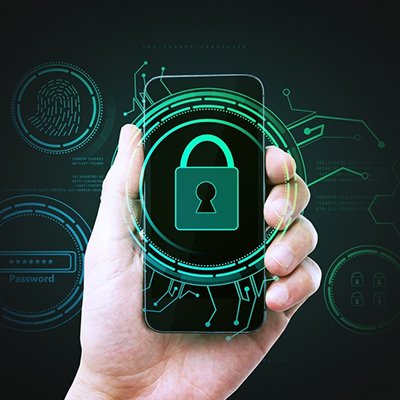 |
| The fingerprint products are compliant with NIST's standards for Personal Identity Verification - FIPS 201 |
The SecuGen Hamster IV v2 is an updated version of SecuGen's widely deployed FBI Certified, single fingerprint reader while the iD-USB SC/PIV v2 is an updated version of SecuGen's FBI Certified fingerprint reader combined with a smartcard reader. Both products are fully compliant with FIPS 201, NIST's standards for Personal Identity Verification, and are expected to be available in the next several weeks.
SecuGen's fingerprint readers are well known for being very accurate, rugged and affordable. SecuGen distributes its biometric products through Systems Integrators (SIs), Independent Software Vendors (ISVs), and Original Equipment Manufacturers (OEMs) all over the world.
"SecuGen is pleased to expand and improve our product line," stated Won Lee, CEO of SecuGen. "We have always and will continue to work diligently to improve the quality of our technology. That is the core of our business and the reason that so many partners have been loyal to SecuGen over the years. It all comes down to the needs of the end-user customer for highly accurate, robust, and affordable hardware and software products. Our partners know they can rely on SecuGen to constantly push the state-of-the art."
Dan Riley, Vice President of Engineering for SecuGen added, "We are excited to have our new products listed on the GSA's FIPS 201 Approved Products List. We have long believed that federal government standards for image quality and matching algorithm performance is of tremendous value to the users of fingerprint technology. The FIPS 201/PIV standards for fingerprint technology are universally viewed as being well designed and run by a vendor neutral third party, that is, the US government. In the long run these standards are a tremendous benefit to end-users and to the biometric industry as well."


